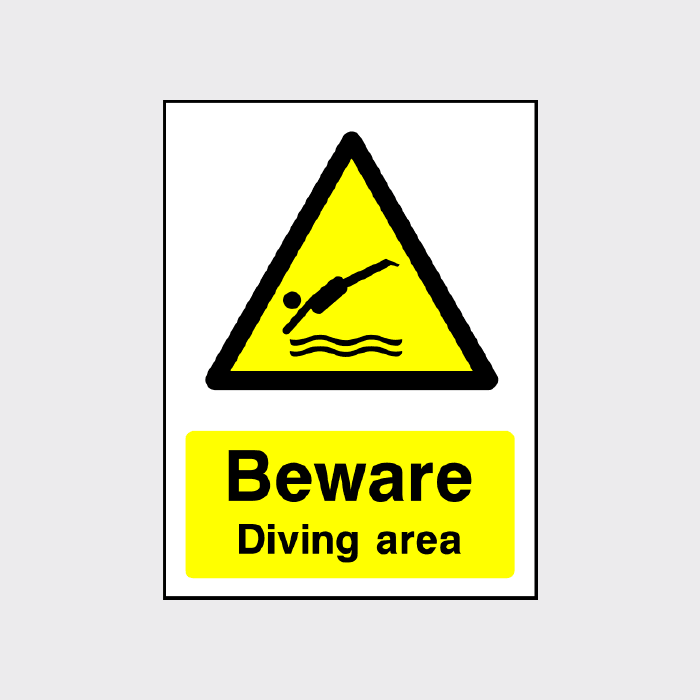
What are water safety signs?
Share
What Are Water Safety Signs?
Water safety is a crucial aspect of ensuring the well-being of individuals in environments where water is a significant element, such as pools, beaches, lakes, and workplaces with water hazards. Understanding and adhering to water safety signs is not just about compliance; it's about safeguarding lives. In this blog post, we delve into the world of water safety signs, their importance, the different types, and the role they play in preventing accidents and ensuring a safe environment.
The Importance of Water Safety Signs
Water, while a source of life and leisure, can also pose serious risks if safety measures are not properly implemented and followed. Drowning is a leading cause of accidental death worldwide, and many of these incidents are preventable through effective safety practices and clear signage. Water safety signs provide the necessary information and warnings to prevent accidents and injuries. They alert individuals to potential hazards, provide instructions for safe behavior, and indicate the location of lifesaving equipment.
Types of Water Safety Signs
Water safety signs come in various types, each with its specific purpose. Understanding these signs is key to navigating water-related environments safely.
-
Prohibition Signs: These signs indicate actions that are not allowed to prevent accidents. Common examples include "No Diving" or "No Swimming" signs, often found in areas where the water is too shallow for diving or where swimming is dangerous due to currents or other hazards.
-
Mandatory Signs: These signs dictate actions that must be taken to ensure safety. For example, "Life Jackets Must Be Worn" or "Shower Before Entering the Pool" signs help maintain safety and hygiene standards.
-
Warning Signs: These signs alert individuals to potential hazards in the area. Signs like "Deep Water" or "Slippery When Wet" inform people about the risks present and encourage caution.
-
Information Signs: These provide useful information such as the location of lifesaving equipment, emergency contact numbers, or maps of the area.
-
Rescue Signs: These signs provide information on what to do in case of an emergency, such as the steps for performing CPR or the location of the nearest lifeguard.
Compliance and Legal Requirements
In the UK, water safety signs must comply with specific legal requirements and standards, ensuring that the signs are clear, legible, and universally understood. The Health and Safety (Safety Signs and Signals) Regulations 1996 dictate the design and usage of safety signs, including water safety signs, to standardize their appearance and message across different locations.
The Role of Water Safety Signs in Preventing Accidents
The effectiveness of water safety signs lies in their ability to communicate risks and provide guidance quickly and clearly. By following the instructions and warnings these signs provide, individuals can significantly reduce the risk of accidents and injuries. For instance, a well-placed "No Diving" sign can prevent head and spinal injuries, while a "Life Jackets Must Be Worn" sign can save lives in the event of a boat capsize or similar emergency.
In conclusion, water safety signs are a vital element in maintaining safety in and around water. They serve as a constant reminder of the potential risks and the necessary precautions to take. Understanding and respecting these signs is not just a legal obligation; it's a fundamental aspect of ensuring the safety and well-being of everyone. Whether you're managing a public swimming area, a private pool, or any other water-related facility, ensuring that your water safety signs are clear, compliant, and well-maintained is paramount. Let's embrace a culture of safety and make water-related activities safe and enjoyable for everyone.
